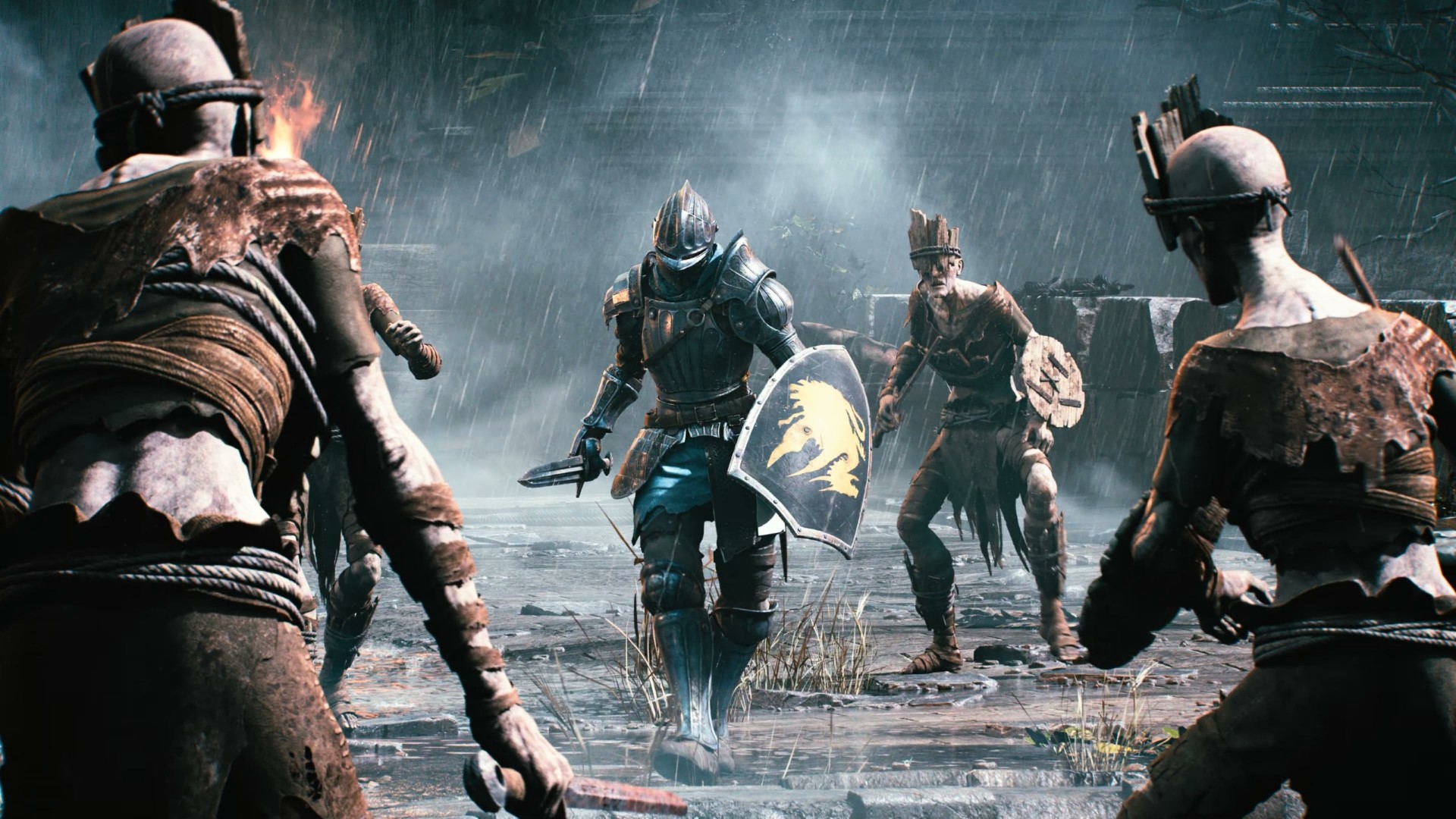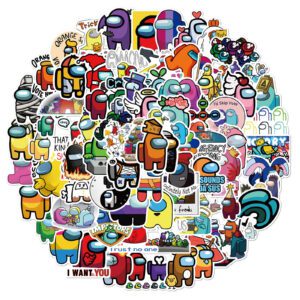The remake of Demon’s Souls deserves a lot of praise. It is a remarkable PlayStation 5 technical highlight; a gripping gaming experience that can be exhilarating, nerve-wracking, or downright heartbreaking at the same time; and a faithful recreation of the original title that established the genre that is similar to Souls. However, developer Bluepoint’s most outstanding achievement was to make me feel like I was venturing into the unknown by taking something I was already familiar with.
Demon’s Souls for PlayStation 5 is fundamentally unchanged. Except for a few minor changes, the game’s plan is still the same as From Software’s original. The fundamental mechanics have not changed. The enemies have remained in the same positions and behaved similarly, and the devious traps and tricks set to frighten the unfamiliar are still present. However, as I retraced a well-known path through Boletaria’s kingdom, I needed more confidence as someone who played the original Demon’s Souls. With my shield raised, I cautiously approached basic enemies, knowing their every move and how to defeat them, but still fearing them. I stand deadened toward the finish of restricted stone passages ominously lit by glimmering lights, knowing precisely what anticipates in the darkness, yet needing to push myself forward. I also start to doubt my chances of victory once more as monstrous demons enter arenas where I’ve defeated them dozens of times.
Demon’s Souls is a remarkable technical accomplishment. However, what makes it stand out is the creative approach that Bluepoint has taken with From Software’s original to remake the game so that it is played the way it was meant to be played and reaches its full potential. As a result, the title pays homage to From Software’s work while still being brilliant. For better or for worst, depending on your perspective, Demon’s Souls could have a different effect on you. I could feel as much as I stood in familiar places and absorbed the overwhelming amount of new details as the game’s body looked vastly different. As a result, I felt I was going through the game again with a new set of eyes, which made me feel the same emotions I did the first time.
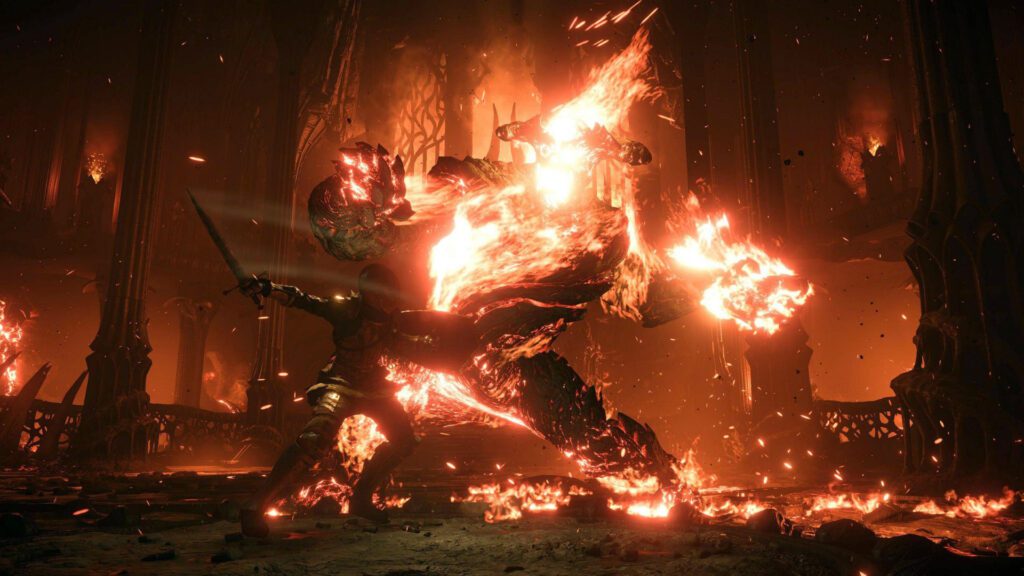
It felt like coming home when I entered The Nexus, the game’s hub area; however, what I had previously perceived to be an abandoned prison for the souls of stray warriors now felt like a welcoming respite. A fuller, richer version of the orchestral theme was played to emphasize the melancholy atmosphere of the hidden temple, and statues were shrouded in brilliant, hopeful white light. Candles gave the cold, otherworldly architecture a warm glow.
From the rippling water in the central pool to the intricate stone carvings and metal details on the Archstone that take you to faraway lands to search for Demon’s Souls, the environment is rich in detail. Even the people who live in The Nexus have more information, giving them more depth. In a previously impossible way, Stockpile Thomas, a lonely figure who sits in the corner of The Nexus and offers to look after your excess equipment and items, tells his story. He could not save his wife and child because of his incompetence in battle. This is the first time I’ve been able to read Thomas’s face while playing Demon’s Souls. It appeared as though he had just cried, as his eyes were puffy and red.
Even though these characters only have a few lines, their voices sound familiar—some have been re-recorded with the same actors, while others are new. The way Blacksmith Ed Chastises you for not using his services, the Maiden in Black’s recurrent prayer whenever she uses her abilities to strengthen you, and Patches’ insincerity as he tries to conceal his dishonesty. All these things sound right, and even when new or altered writing and vocal performances appear, they still evoke the intended effect.
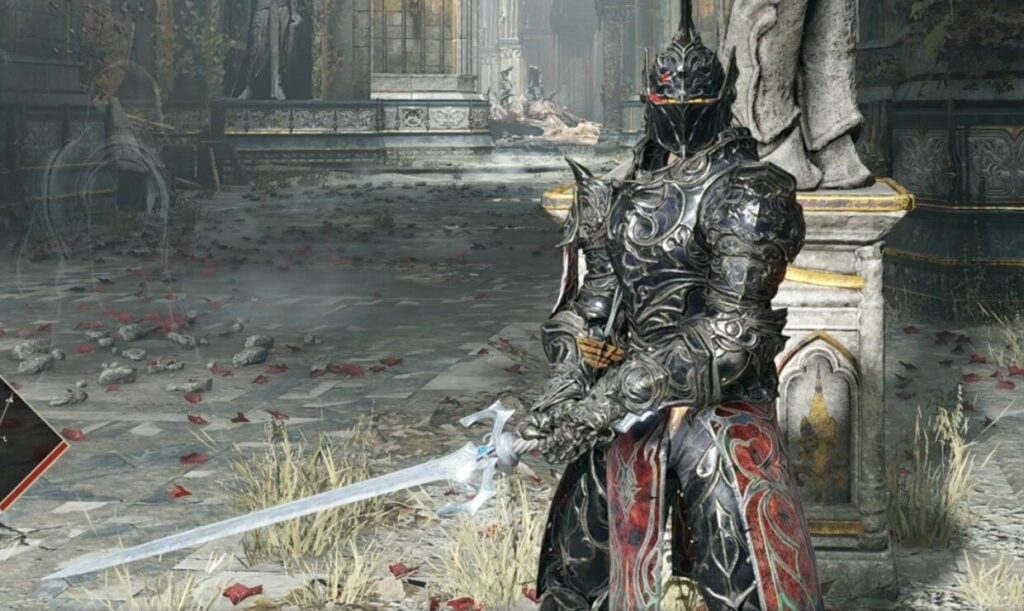
That holds for every game area. The five arch stones take you to different locations with jaw-dropping visuals and a distinct ambiance. The battlements of the Boletarian Palace are either entirely or only barely standing. The sword-swinging frenzy of mindless dredgings attacks you immediately, resulting in an exasperated sigh of exhaustion. This is a game that, in various ways, fills in as an exhibit for the PS5 signature highlights, and hearing Evil presence’s all’s Spirits is as satisfying as seeing and playing it. The heavy and threatening breathing of a Blue Eye Knight alerted me to its proximity before I could even see it, thanks to the headphones’ 3D audio. The sight of a decaying horse carcass was made even more unpleasant by the ragged caws of pecking crows and the buzzing flies. The sound of arrows whizzing by my ears as archers fired showed me how close I had come.
Unlike From Software’s other games like Dark Souls, Bloodborne, and Sekiro—Demon’s Souls has a loose structure to progression. It encourages you to travel to locations on other arch stones until you are equipped to forge ahead again, sometimes by way of impossible enemies, deadly bosses, or locked doors. Bluepoint’s technically and artistically stunning graphics make each new area a joy to behold and an anxiety-inducing nightmare to venture through, even for veterans. Getting used to any location can be challenging because it always ushers you toward dangerous unknowns.
https://t.co/cfW2mHIGDE#DemonsSouls #PS5#PlayStation5
— Bluepoint Games (@bluepointgames) October 31, 2020
Graphically the new effects, gorgeous lighting, and gorgeous modeling in each location never deviate from From Software’s unique story; instead, they produce a more accurate representation of it. Bluepoint was able to reimagine the areas in incredible detail that wasn’t possible in 2009. Stonefang’s maze of tunnels makes you feel even more confined, and as you go deeper, the oppressive heat of the environment is made worse by the gushing steam coming from the lava. You feel gross just standing there because the wet wooden scaffolding of the Valley of Defilement looks dangerous to walk on, and bright blue torches move violently as if agitated by an invisible toxic gas.
The same care is given to bosses, whether kept the same as before or changed to reflect its spirit better. Instead of looking like a rubber Monsters in My Pocket toy from the 1990s, the Vanguard looks more like a disgusting demon executioner. When the Tower Knight hurls a soul spear at you, it strikes a heroic and terrifying presence. The booming sound, screen shake, and arresting vibration of the DualSense will make you think twice about going out into the open. I felt like a matador trapped in a lava pit with a demonic flaming bull constantly bearing down on me during the Flamelurker fight due to the excellent animation. It became a desperate battle for survival due to the intense visual feedback and the thunderous sound of its erratic movement.
Demon’s Souls is a remarkable technical accomplishment.
Demon’s Souls excels technically. It renders stunning images at 1440p and upscales them to 4K in Performance Mode at a smooth, consistent frame rate. Cinematic Mode runs in native 4K, but I found the frame rate to be much less constant, suggesting that this comes at the expense of performance. Nevertheless, I stuck with Performance Mode and used the new offset camera view because it made the game look more like a movie. Enhancing immersion is made possible by features like the capability to fade the user interface in and out dynamically. Additionally, there are several graphical filters to choose from, including the greener, more muted palette of the original PS3 release (though I believe that Bluepoint’s version, with its richness and vibrancy, should be played first). Finally, if it wasn’t clear, Evil presence’s Spirits on PS5 is one of the most impressive-looking and – sounding games I’ve ever played.
Bluepoint has used a more refined touch outside of its presentation. Mechanically speaking, Demon’s Souls on PS5 plays very similarly to the previous version. However, Bluepoint has made significant efforts to enhance the feedback so that it has a more substantial impact. The game conveys a sense of weight and heaviness both visually and through audio. Everything has physicality, from movement to attacks, evasion, and even eating. As your blade cuts through the air, you feel a real sense of momentum and inertia. You also feel resistance when it hits the armor or flesh of an enemy. You’ll be glad to have your shield every time an enemy attack bounces off it because heavy weapons fall in a very satisfying way. If you pick a magic-based form, you can send your spell off into the distance and watch as it ventures, illuminating all that it passes before emitting a cosmic explosion.
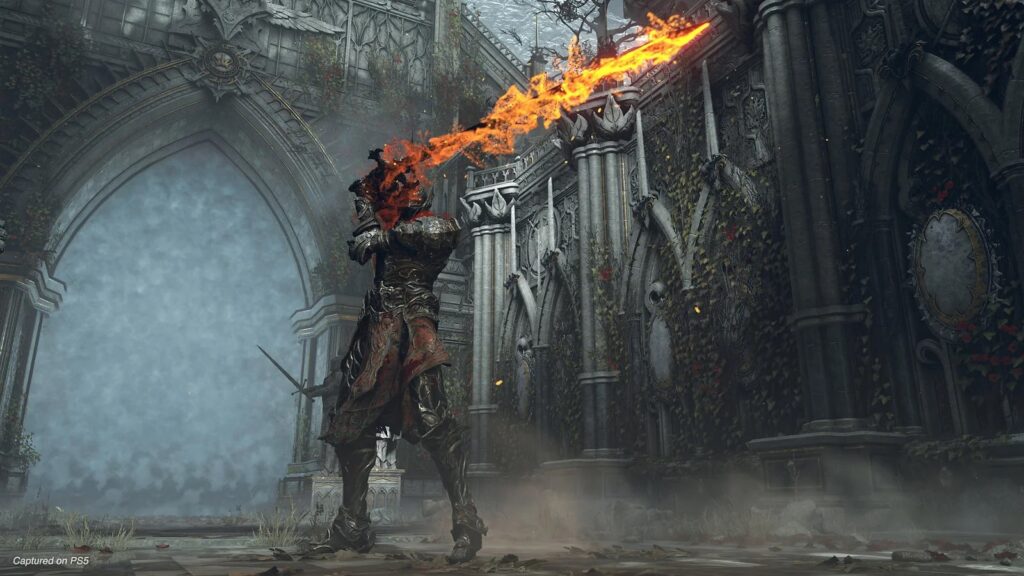
The visual feedback makes enemies seem more dangerous, even though they haven’t changed how they attack when they use them or how much health they have. You don’t want to be hit by things because they look and sound like they hurt and also affect your health. The deliberate, systematic nature of Souls combat is supported and bolstered by physicality. Because of that, I lost some of my self-assurance; I have to respect Demon’s Souls once more because it is as ruthless as it has ever been and, in many cases, more brutal than the Souls games that came after it, even though it feels a little rusty and different. Weapons now have a unique identity thanks to new additions like special attack and finisher animations. Landing riposte is so exhilarating that you’ll want to parry every enemy.
However, Bluepoint has also maintained some of the more peculiar aspects of the Demon’s Souls gameplay experience by adhering strictly to From Software’s framework. Despite World Tendency’s improved explanation and increased player visibility, its fundamental flaws remain unchanged. Even for the most experienced players, the idea still needs to be clarified. Depending on specific actions you take or things that happen to you, World Tendency can skew the state of various locations toward white or black, though these are never explained. Most players will notice that their health is limited in Soul form, so they will use an item to return to human form to access the restricted pool. However, they will not be aware that dying in human form causes the world to skew toward black tendency, which causes enemies to hit harder. Although the concept of a player struggling, dying, and the game becoming harder, as a result, is dubious, the remake maintains it.
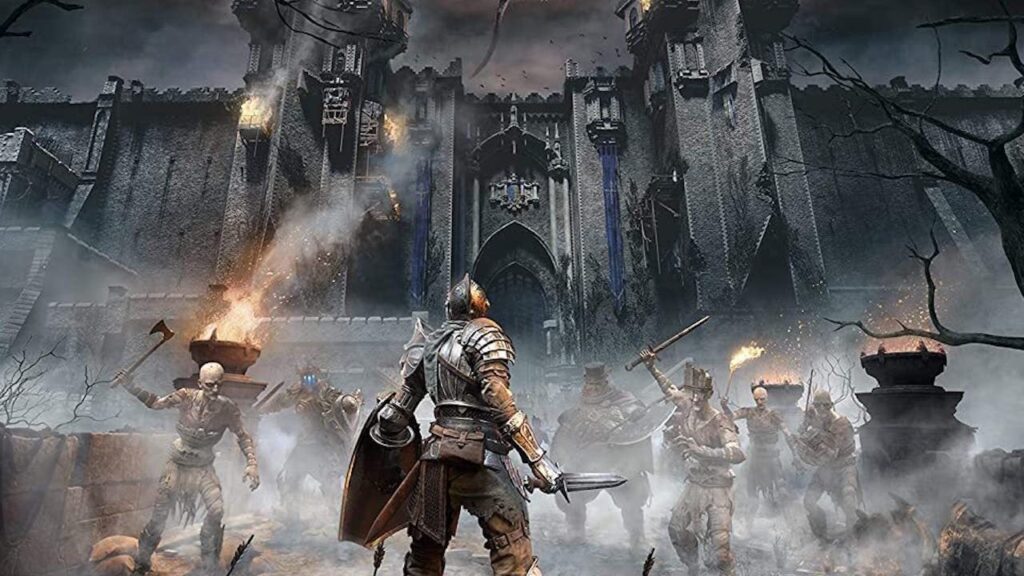
Additionally, the finicky multiplayer system that was present in Demon’s Souls for the PlayStation 3 remains in Demon’s Souls for the PlayStation 5. To facilitate joyful cooperation, specific conditions must be met, and items must be used, but this information needs to be presented in a way that newcomers easily understand. The player must then figure it out through a frustrating process of trial and error, seek advice from an expert, or search a sea of forums and threads about the 2009 version of the game for information.
In conclusion, Bluepoint’s revamp is an outright achievement. It is a technical masterpiece and a valid showcase for Sony’s PS5 and its capabilities. In addition, it is a creative marvel from a studio that demonstrates to the world that it has its voice, which is more important. Finally, Bluepoint has given me something I thought was impossible by expressing the original From Software game in a way that is richer and more complete: the chance to relive the excitement of first falling in love with Souls games.
Demon's Souls Review Summary
Demon’s Souls is a Nostalgic throwback to what started the Souls genre. A must-play for any Souls fan. There may be flaws, but they are negligible and won’t cause massive damage.
Overall
90%Pros
- Gorgeous visuals that show off the power of the PS5
- A respectful and faithful adaptation of an iconic game
- Silky smooth performance that makes it a great-feeling Souls game
- Meaningful, immersive implementation of audio
Cons
- Obtuse elements of the game aren’t explained with enough detail or at all
- World Tendency can still suck




